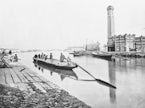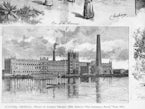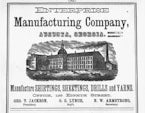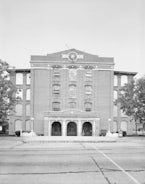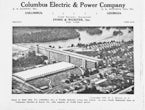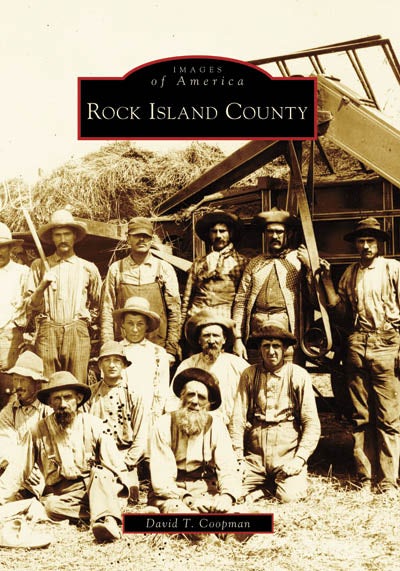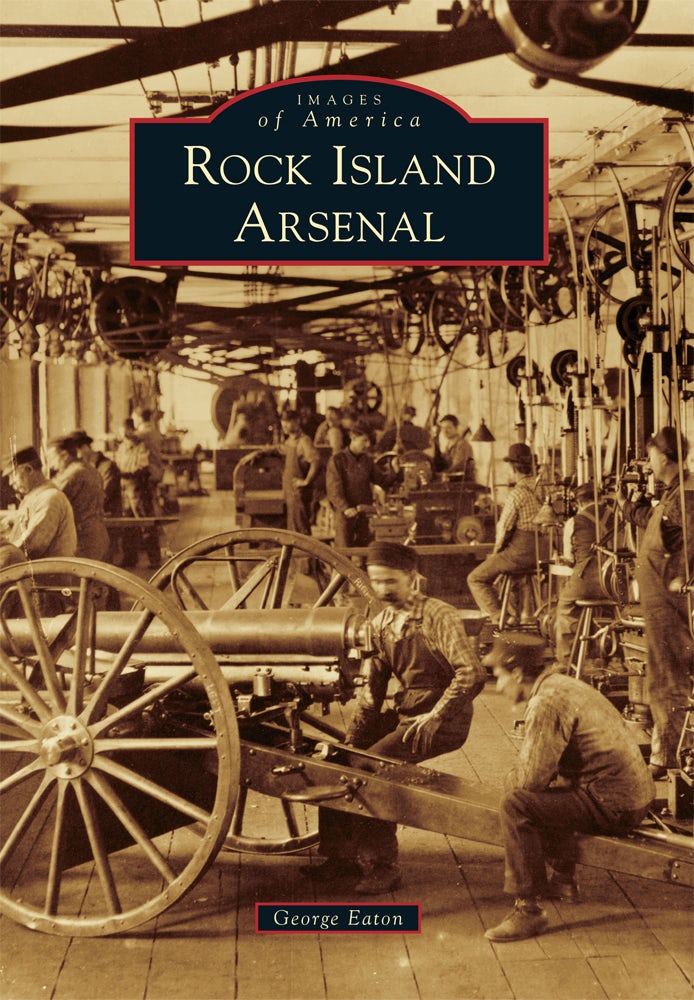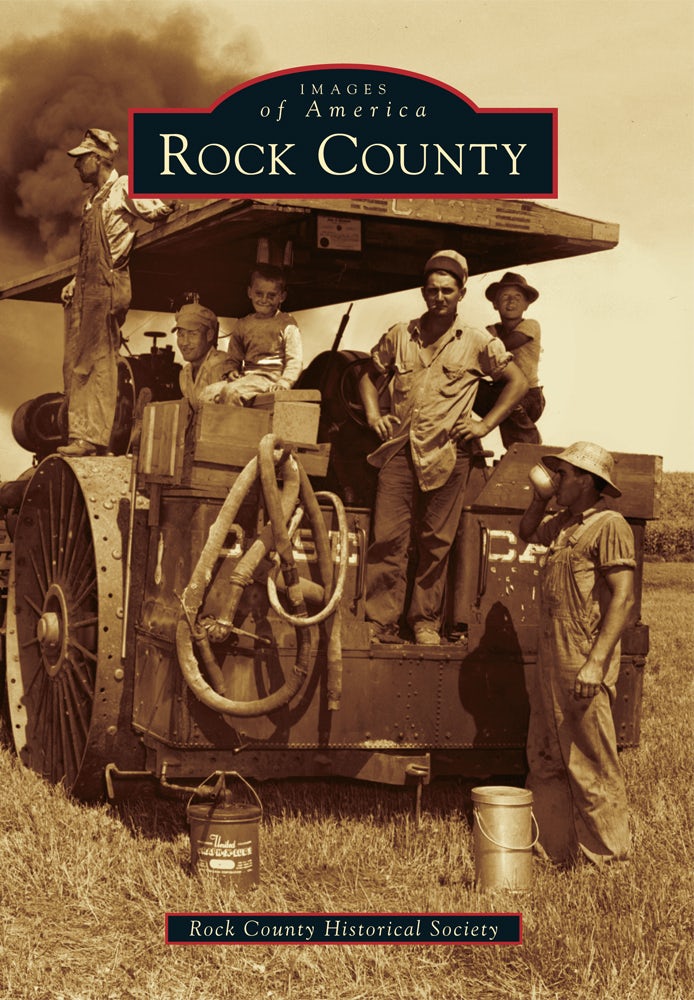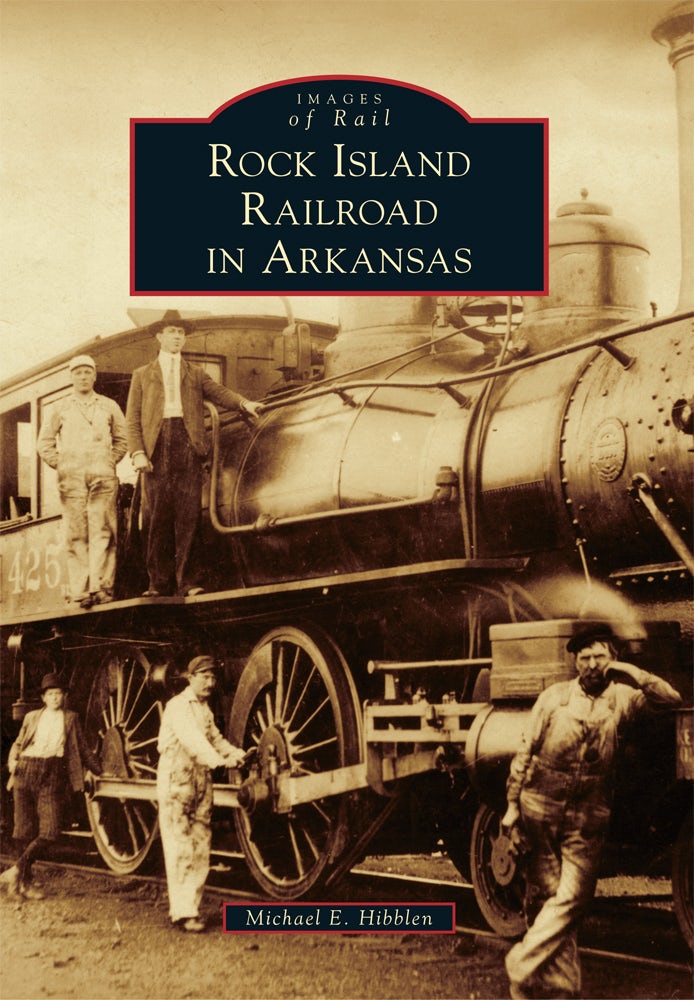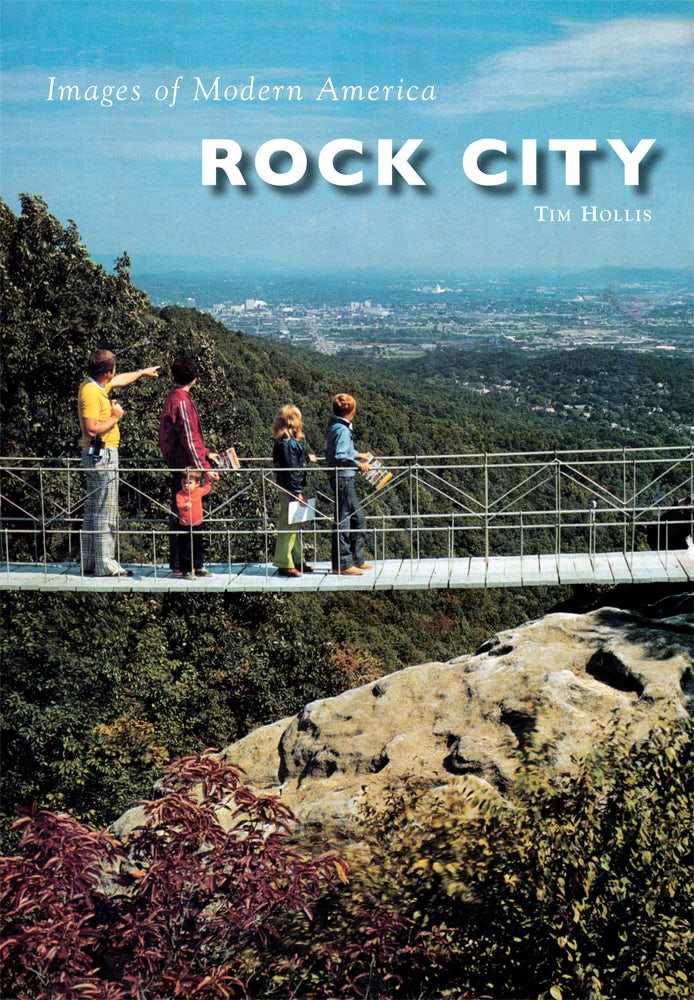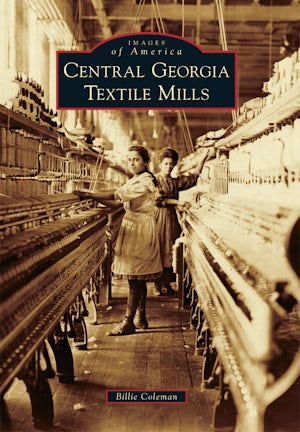
From Macon to Hawkinsville, the history of Georgia's once thriving textile mills is documented in this visual history.
Cotton was once king throughout Georgia. Reconstruction investors and railroad tycoons saw this potential to open textile mills in the South instead of sending cotton up North. Towns across Central Georgia became a prime spot to locate textile mills because of the access to cotton from local farms, cheap labor, and nearby rivers to power the mills. Textile mills were operated in cities and towns across Central Georgia such as Macon, Columbus, Augusta, Tifto... Read More
From Macon to Hawkinsville, the history of Georgia's once thriving textile mills is documented in this visual history.
Cotton was once king throughout Georgia. Reconstruction investors and railroad tycoons saw this potential to open textile mills in the South instead of sending cotton up North. Towns across Central Georgia became a prime spot to locate textile mills because of the access to cotton from local farms, cheap labor, and nearby rivers to power the mills. Textile mills were operated in cities and towns across Central Georgia such as Macon, Columbus, Augusta, Tifto... Read More


